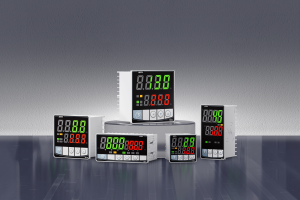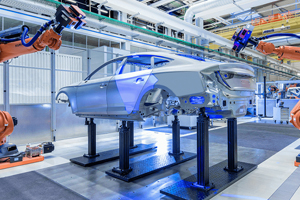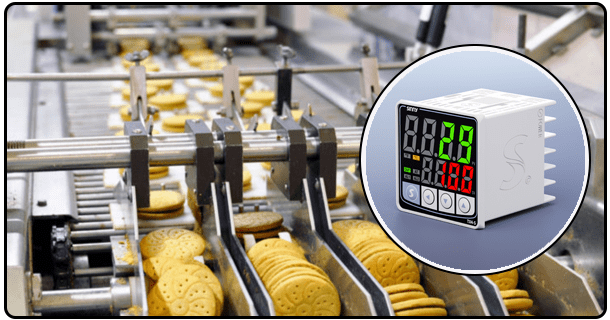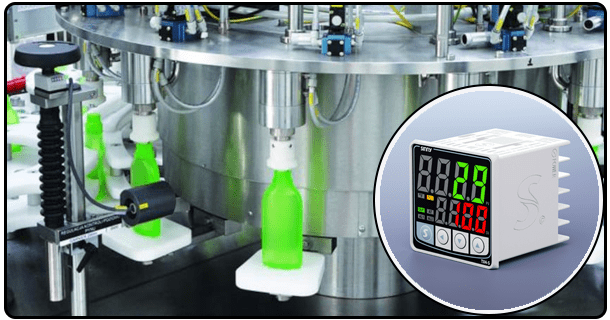What PID Controllers Do When used for temperature control
a PID adjusts its output continuously to reduce the gap between the setpoint temperature and the actual temperature. This is achieved by manipulating either the cooling or heating element in order to get the temperature to be closer to the desired setpoint.
Application of PID Controllers for Temperature Control The PID controllers are used in many industries including HVAC systems, laboratory equipment, chemical processing and other. They are indispensable to these industries because they can provide accurate and stable temperature control.
1. Parts and Installation
To control temperature using PID controllers you will need several components:
Controller Unit PID : Central device which processes inputs from temperature sensors and controls the outputs to the actuator.
Thermocouples are common types of temperature sensors. They measure actual temperatures.
Actuator Devices, such as heaters and coolers, that control the temperature in response to the output of the controller.
How to connect and set up hardware
Mounting a PID Controller Secure the controller to a convenient locati0n.
Connecting the Temperature sensor: Attach the temperature sensors to the input terminals of the PID controller.
Connecting Actuator: Attach the actuator output terminals to the PID control.
Starting the System Ensure that all connections have been made and turn on the system.
2. Methods of tuning
It is important to tune PID controllers properly in order to achieve optimal temperature control. There are several tuning methods, such as manual tuning, automatic tuning and heuristic tune-up.
Manual tuning Manual tuning is the process of adjusting Proportional gains, Integral gains, and derivative gains in accordance with observed system behaviour. This process usually follows the following steps:
Initial Setup Values Set the initial value for gains P, I and D.
Adjusting the Proportional Gain : Increase the gain P until the system oscillates and then reduce it to half.
Adjusting the Integral Gain : Increase I gain gradually to eliminate steady state error.
Adjusting the Derivative Gain : Tweak D gain in order to improve stability and reduce overshoot.
Auto-Tuning Most modern PID controllers have an automatic-tuning function that adjusts gains automatically based on the system response. Auto-tuning is done by:
The PID controller can be set to auto-tuning.
Let the system undergo controlled oscillations.
Calculates and selects the best P, I and D gain.
Heuristic Tapping Heuristic methods such as Ziegler Nichols or Cohen-Coon provide formulas for determining PID gains that are based on the system's characteristics.
Ziegler Nichols Method This method involves zeroing the I, D, and P gains, then increasing the gain of the P until it oscillates. Then, using formulas specific to the calculation, the best gains are calculated.
Cohen Coon Method This method involves calculating the gains from PID by determining the reaction curve of the process.
3. Troubleshooting common issues
The following issues can arise when tuning PID controllers:
Oscillations : You can reduce excessive oscillations by changing the gains P and D.
Undershoot : A fine-tuned I gain will help to address undershoot.
Stability of the System: To ensure system stability, it may be necessary to adjust all three gains while monitoring the system's response.
4. The Best Practices to Ensure Optimal Performance
Consider the following practices to maintain optimal performance in PID temperature controllers:
Maintenance and calibration: Check and calibrate temperature sensors and PID controllers periodically.
Monitor and adjust PID Parameters : Continuously monitor the system performance, and make adjustments to PID parameters as necessary.
Achieving Precision Temperature Control Implementing best practices, such as the use of high-quality actuators and sensors, maintaining an environment that is stable, and ensuring insulation.
5. The conclusion of the article is:
It is important to tune PID controllers properly in order to achieve precise and stable temperatures. Understanding the components, tuning techniques, and best practice, industry can optimize its temperature control system, improve product quality, or increase energy efficiency. These strategies ensure the best performance of temperature control systems, which will contribute to operational success.























